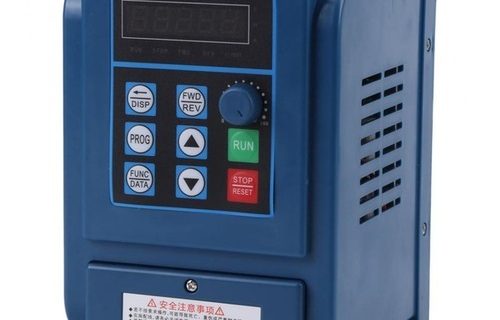
New Revenue Pockets:
The global variable frequency drive market is expected to grow at a CAGR of 4.8% to USD 26.8 billion by 2027, up from an estimated USD 21.2 billion in 2022. The increasing power generation worldwide fueling the demand for global Variable frequency drive
Various types of variable frequency drives are available in the market that can be customized according to the requirement of the end user. The different types of variable frequency drives include AC Drive, DC Drive and Servo Drive. AC drives convert the AC supply to DC with the help of a converter and invert it back from DC to AC using an inverter to run AC motors. In contrast, DC drives only convert the input AC supply to DC using a converter circuit based on a rectifier to run the DC motor. The servo drive controls the servomotor according to the information received from the programmable logic controller (PLC) or other controllers and performs feedback control with the help of signal encoders or other components.
Download PDF Brochure: https://www.marketsandmarkets.com/pdfdownloadNew.asp?id=878
The variable frequency drive market, by voltage type, has been classified into low voltage type and medium voltage type. Engineers of most plants use low voltage variable frequency drives to control motor (and equipment) speed to increase productivity and reduce maintenance requirements. Medium voltage variable frequency drives are integrated into large-sized motors operating at high voltages. The market for medium voltage variable frequency drives is expected to grow at a CAGR of XX% during the forecast period.

The variable frequency drive market, by power rating, has been segmented into micro power drive, low power drive, medium power drive, and high-power drive. Mining and oil & gas are the major industries where variable frequency drives of different capacities are used, depending on the type/nature of the job. ABB, Siemens, and Danfoss, among others, offer variable frequency drives with different power ratings based on customers’ requirements.
Request Sample Pages: https://www.marketsandmarkets.com/requestsampleNew.asp?id=878
Variable frequency drives can reduce energy consumption by up to 60% when integrated into centrifugal fans and pumps. They can also reduce the risk of cavitation in pumps. According to Control Engineering Europe (CEE), efficiency regulations for electric motors came into force in January 2017, requiring all AC motors with a rated output of 0.75–375 kW to run efficiently. With advancements in power electronics technology, the cost and size of variable frequency drives have decreased, while performance has improved. Over the years, energy-efficient electric motors using superior magnetic materials and displaying higher tolerance levels have been developed. High-performance IE4 and IE5 motors offer immediate benefits to OEMs, as well as end users. Limited conventional power generation, coupled with a continuous rise in electricity prices, has encouraged companies to invest in energy-efficient equipment to increase energy efficiency. Energy-intensive industries such as oil & gas, metals & mining, pulp & paper, cement, and water & wastewater treatment are using variable frequency drives to reduce energy consumption and CO2 emissions. Thus, providing ample opportunities for variable frequency drive manufacturers.


